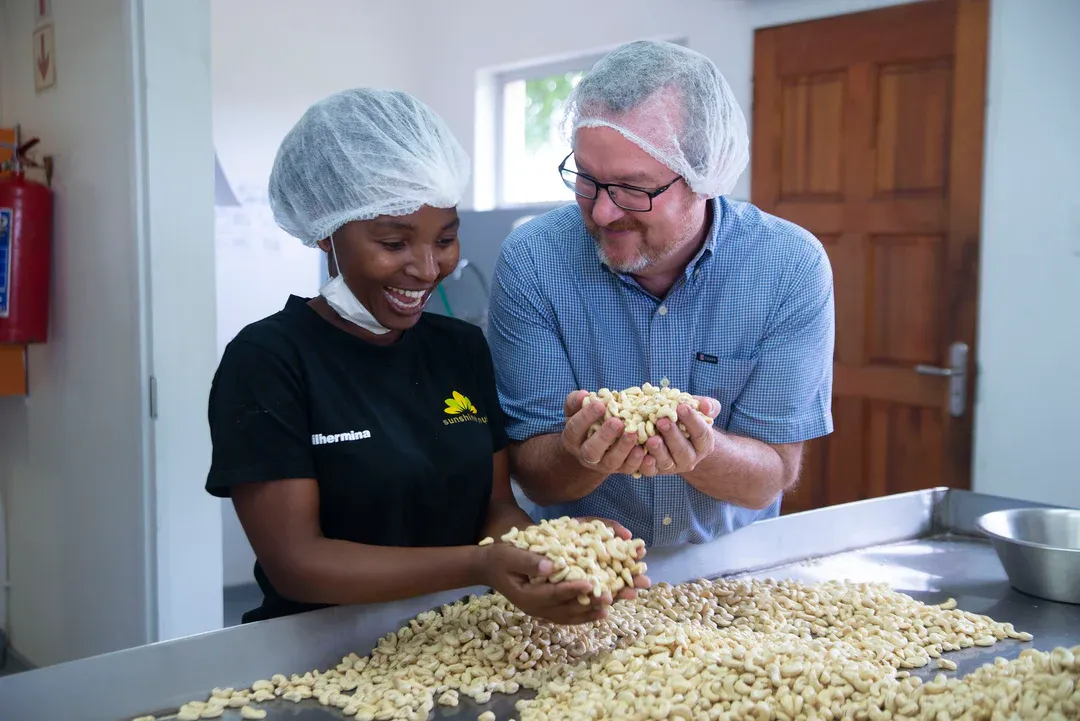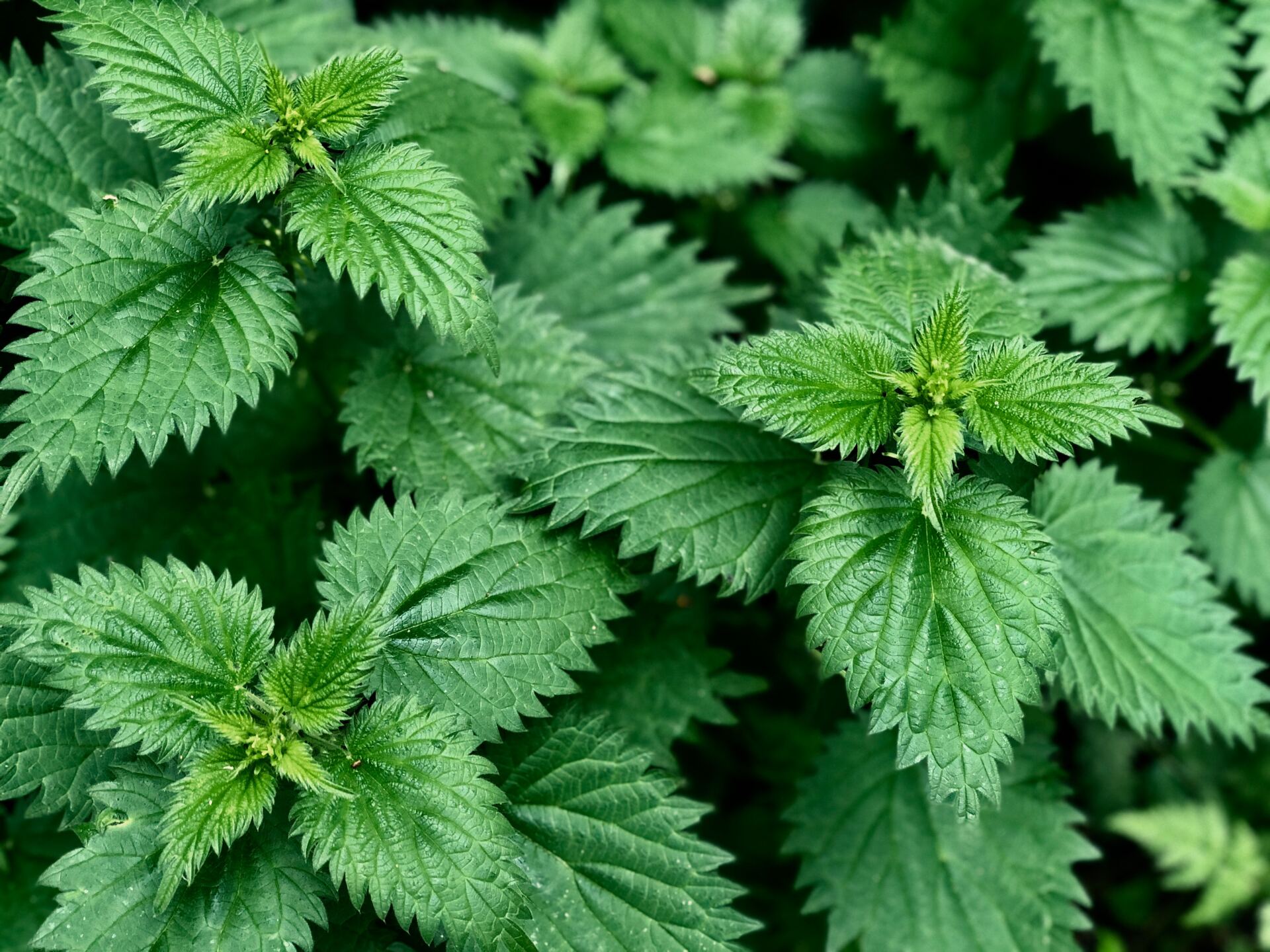








“I like my *insert non-Fair Trade brand
product here*. Why should I switch to
Equal Exchange?”
Fair Trade products from committed brands are better for farmers, better for the environment and better for ourselves. A small change, like choosing fairly traded, organic products has a real and meaningful impact in all three areas. If you want to promote social justice, environmental sustainability and fair trading relationships, buying from Equal Exchange is a way to connect your values with your actions as a consumer without sacrificing taste or quality.
“Are Fair Trade products really that
different from non-Fair Trade products?”
Fair Trade is a way of doing business that aims to keep small-scale farmers an active part of the world marketplace. It’s not charity – it’s a sustainable and alternative trading model that helps producers make a viable living and stay on their own land while advancing many economic, social and environmental goals. Long-term trading relationships mean income that farmers can count on, year after year. When you buy a fairly traded product from Equal Exchange you know that a stable price was paid to farmers, significantly higher than the fluctuating market price.
By choosing Fair Trade products, you’re supporting a different kind of business model. One that is based on dignity and transparency, without forced child labor, and one that is not focused on profit-maximizing at the expense of others in the supply chain. Fair Trade premiums allow farming communities to decide collectively which development projects they want to use the money on, like improving access to clean water and education. Small changes we as consumers can make regarding what we choose to buy make a real impact on the quality of the lives of producers and their families.
“Do Fair Trade products cost more?”
Often Fair Trade products cost about as much as other organic and specialty-grade products of similar quality. At local stores and farmers markets in the U.S., many people are willing to pay prices that reflect the hard work of small-scale farmers because they know the care that their community members put into the organic cultivation of food on their farms. It makes sense that local farmers should make more than what it costs them to grow a product, so, the same concept should apply to products like coffee, cacao and tea that aren’t grown locally, right?
We believe a shift in perception of value needs to take place in the marketplace before Fair Trade products become the norm. Equal Exchange has been dedicated to creating an alternative trading model since 1986 and we are committed to continuing to build this movement.
“Where does the money I pay go?”
Traditional supply chains have many middle men that take a large percentage, but buying from Equal Exchange, who trades directly with small-scale farmer cooperatives, ensures that that more of the money you spend on coffee and our other products reaches the hardworking farmers who actually grow them. In fact, by the time you purchase from Equal Exchange, the farmers have already been paid and received pre-harvest financing so they can pay for expenses when they need the money. A fairly traded product also means that the producer has received a guaranteed minimum price for their harvest, regardless of the highs and lows of the commodities market. When the market prices are low in the commodity market, the price non-fair trade farmers get for their coffee harvest often doesn’t even cover the cost of production. When the market price is high, Fair Trade premiums paid to farmers increase even higher.
Farmers in the Fair Trade system get additional premiums paid to their cooperatives because they farm organically. These premiums go towards projects that their communities choose to improve their social, economic and environmental conditions. Access to clean water, education, and healthcare are basic human rights we all deserve and Fair Trade purchases contribute directly toward that advancement.
“Where do the products come from and who grows them?”
At the heart of Equal Exchange’s story is our relationship with small farmers. We work directly with over 40 small farmer cooperatives in 25 countries in South American, Latin America, Africa, and Asia to bring you high quality, organic products grown with care by people who take pride in their harvests.
“I see similar products with Fair Trade labels at stores. How is buying from Equal Exchange different?”
There’s a big difference! Equal Exchange has been fighting for market access for small-scale farmers from the moment we were founded. We’re a worker-owned cooperative whose mission is tied to building a just food system where consumers have choices and feel connected to the people in the supply chains. And Equal Exchange works only with other democratically-organized farmer groups. When you buy from one of the corporate big guys you might ask yourself these questions regarding who you’re supporting. Are 100% of the products they offer fairly traded?
Are economic justice for producers and transparency for consumers among the top priorities for the CEO and shareholders? Equal Exchange operates independently with a more democratic business model. Another difference is quality and freshness! Each batch of coffee is “cupped” - meaning it is taste-tested for flavor, sweetness, acidity, mouthfeel and aftertaste to make sure it meets the consistent and high quality standards we set for our coffees. We seal in the freshness on each package so it arrives directly from us to your door super fresh and delicious!
“What does Equal Exchange think about current controversies surrounding Fair Trade?”
We believe Fair Trade is one tool of many that are needed to build power and more equity for small-scale farmer cooperatives around the world. The biggest problem from our vantage point has been the corporate takeover of Fair Trade. Certifiers invited big players into a system designed for and by small farmers and permitted them to weaken it to meet their needs. Equal Exchange continues to stay the course we initially charted to promote authentic Fair Trade that is in line with our mission.
“I’m committed to living a more Fair Trade lifestyle. What else can I do?”
There’s a great variety of choices in fairly traded and high quality apparel, body care, crafts and home goods and food from committed brands. and if you’re interested in going deeper on food justice issues we invite you to join Equal Exchange’s Action Forum and/or visit our website at www.equalexchange.coop
for more information.









Please give us a call for today’s deli hours as they can vary due to staffing.
Grab and go options are always available until close.
FEDERAL WAY
Monday-Saturday: 8 am - 8 pm
Sunday: 9 am - 7 pm
Please call for current deli counter service hours. Grab and go options available until closing.
2565 S. Gateway Center Place
Federal Way, WA 98003
TACOMA
Monday-Saturday: 8 am - 8 pm
Sunday: 9 am - 7 pm
Please call for current deli counter service hours. Grab and go options available until closing.
2951 S. 38th Street
Tacoma, WA 98409